We love to watch The Muppets because the movies and the old television show has something that works on a level that parents, as well as, children, could enjoy at the same time. Reading, especially non-fiction reading is a different animal altogether. The reading interests of elementary school students are, for the most a common one with some touch points that boys and girls both hit upon. When boys get into fifth grade they crave all things Bigfoot, Sasquatch, UFO, Bermuda Triangle or alien porthole. All of these things combine in the Venn Diagram of The Search for Sasquatch, a non-fiction book by Laura Krantz that at first glance might not seem like it’s on par for upper elementary school students.
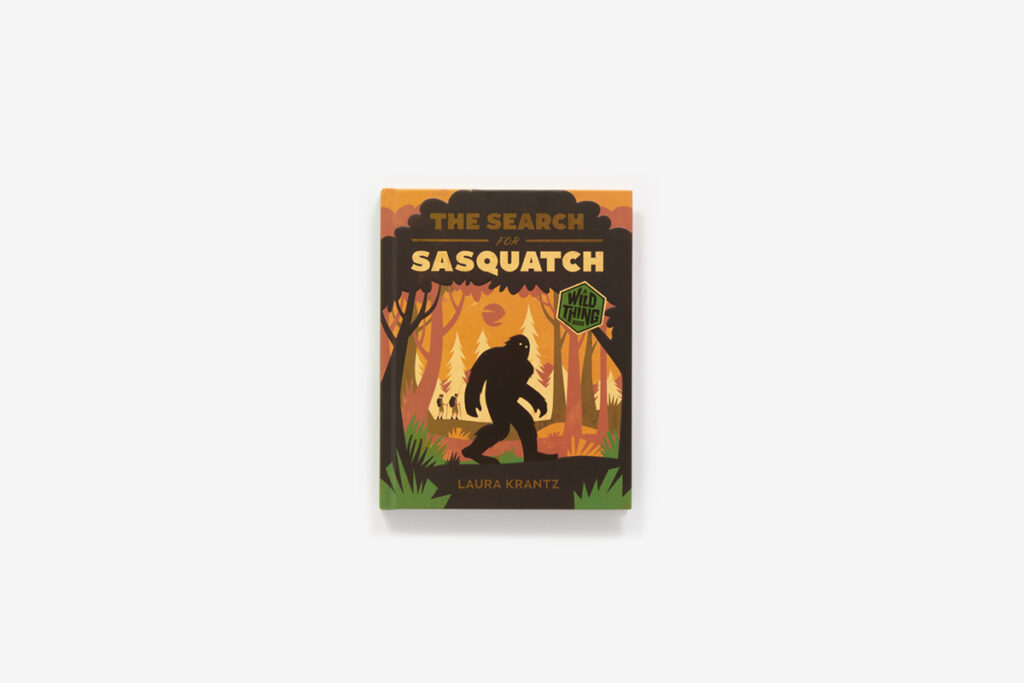
I say that last part because I read The Search for Sasquatch first and really enjoyed it. When our 11-year-old was looking for his next book to read he saddled up next to the ones I had just read and picked that one out. Initially, I asked him if he was sure if he wanted to, because the reading level was higher than what he’d previously been doing. He said that he really wanted to read a book on Bigfoot and that this book looked fun. Well, Bob’s your uncle, let’s roll ahead and see how we do on this.
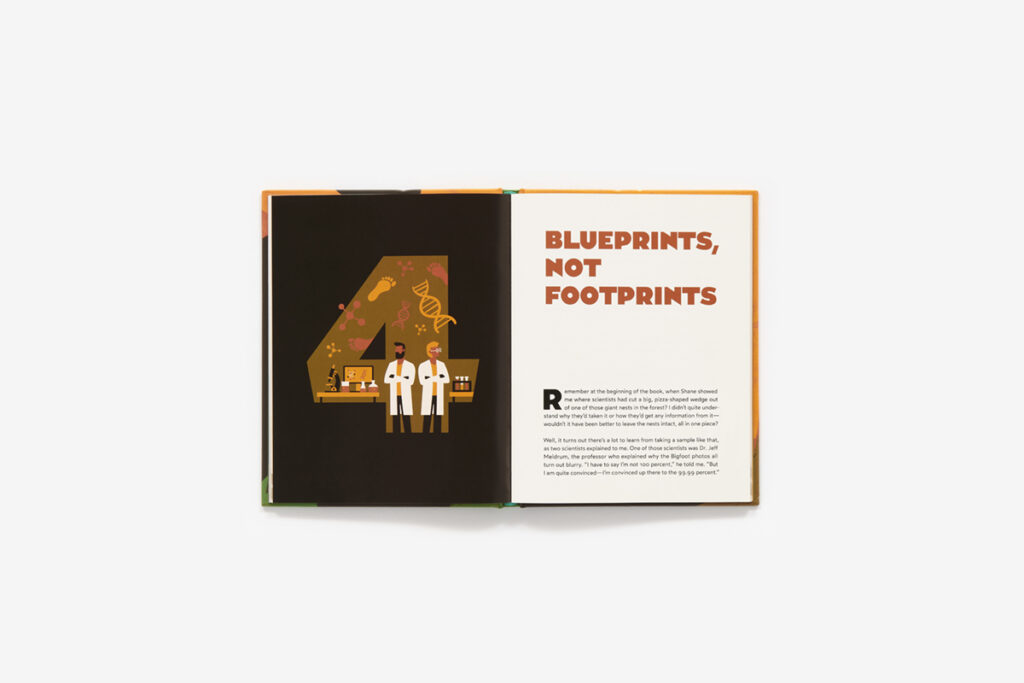
Coincidentally, I had been substituting for various fifth-grade classes at the time. In those classes, I had been reading aloud to them and several of the full-time teachers reminded me about the learning and comprehension that happens even when it’s not the child who is actively reading. Sometimes, and in many cases, it’s the varied act of listening that can enhance a child’s ability to retain knowledge from the content they’re engaged with.
Armed with the knowledge that reading to a child is not always a cop-out for them not wanting to read, we dove into The Search for Sasquatch. I read the first two pages. We talked about what happened in those pages and bantered back and forth about the five-W’s, so that his comprehension on the text would improve. He then continued to read for a page and a half. In those four pages, he was already hooked, both as a reader and as a listener.
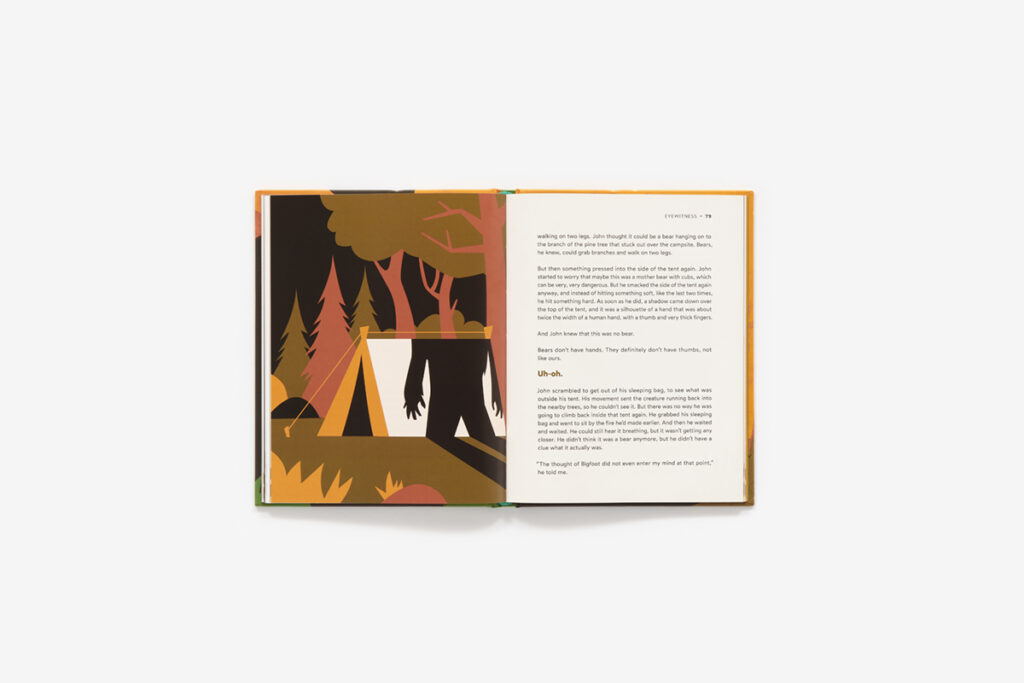
Our son had heard or read about some massive-sized nests in the Pacific Northwest. It was a swath of human-sized nests, big enough for an adult to take a siesta in, yet resembling a rural Alien setting that was simply missing its Xenomorph eggs. The text was conversational, engaging, and detailed enough to plant curiosity seeds so that those young readers would want to dive into the book on their own.
In this case, our young reader is reluctant. He’d read chapter books before, but they were under duress or encompassed with part of his chores. We’d always said that we want him to read whatever he wants to, just pick a topic and we’d find a book that’s on level for him. Previously he’d only suggested things by vague interest, like “funny books”, bus this was the first time he’d been topic-specific, like Bigfoot or Sasquatch.
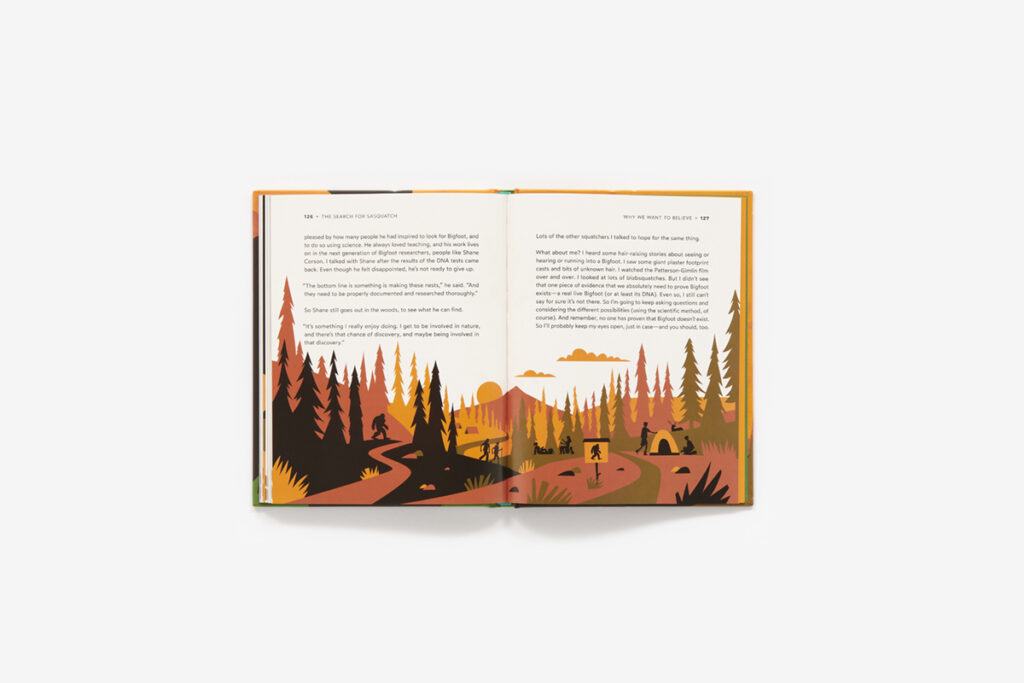
Our erstwhile reluctant reader wasn’t reluctant at all, he just needed to realize and fully trust us that he could read about anything. When I was his age I remember my grandmother getting a book for me that was science-fiction but about action mermaids under the sea. I was thinking to myself that there had to be better books out there for fifth-grade students.
I must have checked out every book on ghosts and the paranormal that there was at our school and the local library. I was a budding spectral Fox Mulder when I was 11 years old in the late 70s, so I completely understand where he’s coming from.
The thing that elementary or middle school readers will love about The Search for Sasquatch is that it’s a smart book that respects their intelligence. The conversational tone is also something that they’ll recognize. This is a book that’s not talking at them, it’s talking to them in the way that a peer would. It also doesn’t take sides as to whether or not Sasquatch exists. Author Laura Krantz is asking questions, and while you’ll suspect that she wants to believe, she’s knee-deep in the science and ready to dispel any hoaxes or things that can’t be proven.
The Search for Sasquatch further delineates its science mojo by not having the same stock images that people have seen of the beast. Instead, there aren’t any photos, just illustrations of what people say Sasquatch looks like. This is A Wild Thing Book, I’m assuming that it’s an imprint from Abrams Books for Young Readers. One can hope that future releases in this series are as entertaining as they are scientific. If they have the same mix of everything in The Search for Sasquatch then it’ll be able to fill the big shoes that this one established.
The Search for Sasquatch (A Wild Thing Book) is by Laura Krantz and available on Abrams Books for Young Readers, an imprint of Abrams Books.
There are affiliate links in this post.

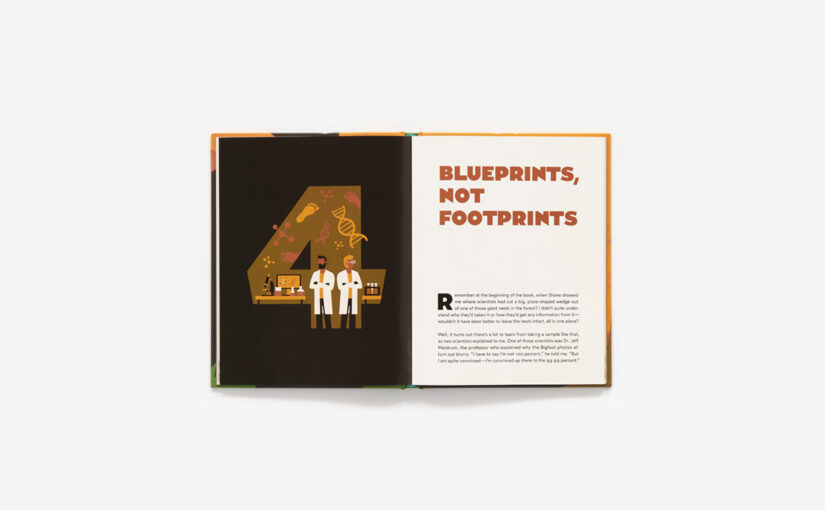



 Facebook
Facebook Twitter
Twitter Flickr
Flickr GooglePlus
GooglePlus Youtube
Youtube